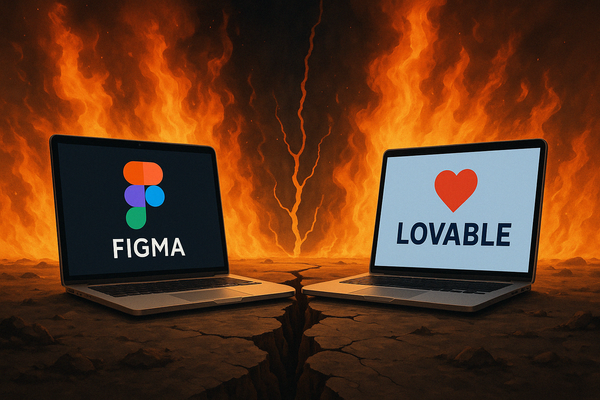Combat as a Mechanic in Horror Games: Does It Detract from Fear?
Balancing combat in horror gaming can be tricky, here's how to get it right
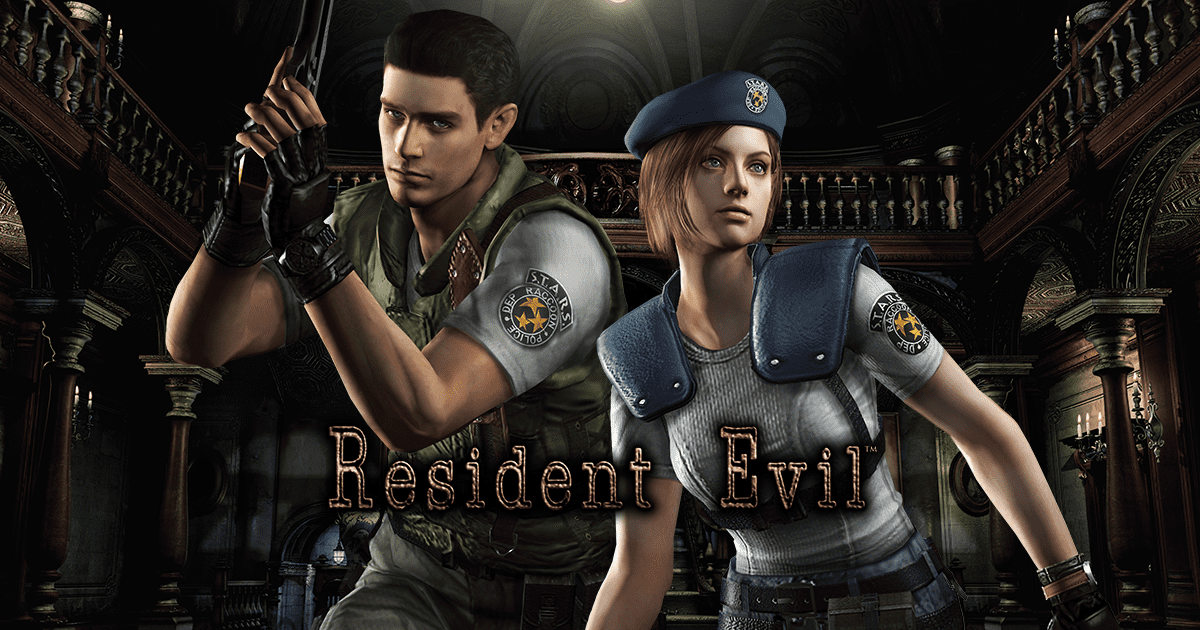
Horror games have always relied on one central element: fear.
Whether it's the looming dread of an unseen monster or the tension of managing limited resources, the goal is simple—make the player feel vulnerable.
But in games where you can fight back, the question arises: does combat reduce that vulnerability and, in turn, diminish the fear? Take Resident Evil as a classic example.
On the surface, the game is terrifying—dark hallways, grotesque monsters, and a creeping sense of isolation.
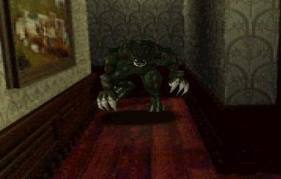
Yet, beneath the surface lies a subtle truth: you can fight back. Armed with a pistol, shotgun, or grenade launcher, you're not entirely powerless.
So why then do we feel a sense of dread every time we hear the groan of an approaching zombie?
Combat as a Double-Edged Sword
Combat in horror games, when done well, enhances the tension rather than reducing it.
The key is balance.
When you're given just enough ammo to survive but never enough to feel fully secure, combat becomes part of the horror rather than an escape from it.
In Resident Evil 1, you quickly learn that every bullet counts, and missing a shot can spell doom.
This careful balance between power and scarcity keeps players on edge, reinforcing the survival aspect of the game. However, when combat is too generous, fear evaporates.
Resident Evil 5 and 6, for example, are still classified as "horror" games but feel more like action-shooters.
Why?
Because once you arm the player to the teeth with enough ammunition to survive a small war, the horror shifts to mere spectacle.
The zombies aren’t frightening when you know you can mow them down with ease. You lose the creeping dread that something could go wrong at any moment.
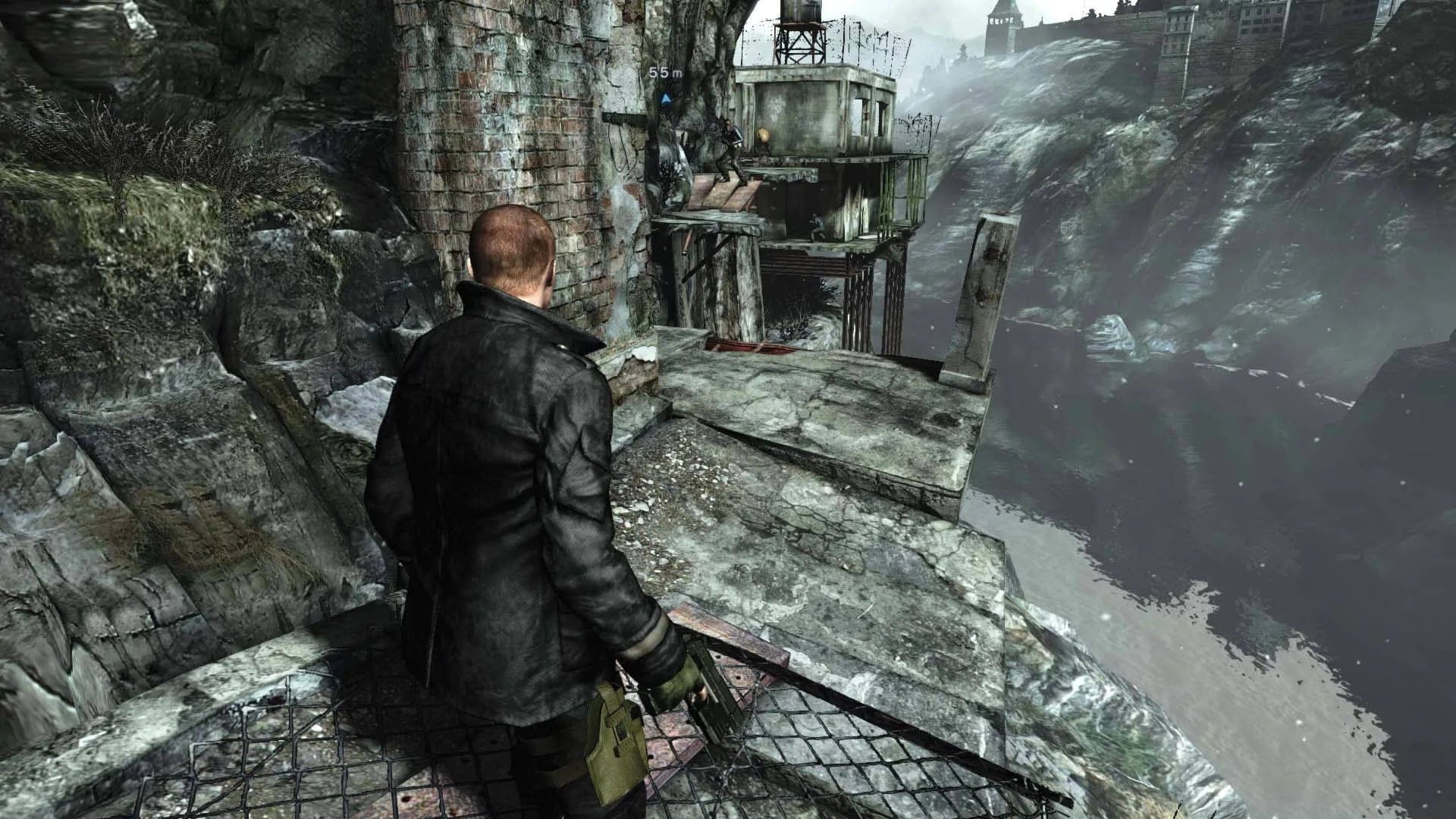
In this case, combat tips the scales from survival horror to a power fantasy.
Vulnerability vs. Power: The Heart of Horror
True horror thrives on vulnerability. Games like Outlast and Amnesia: The Dark Descent strip away the player's ability to fight altogether, relying on flight and stealth as the primary methods of survival.
These games make the absence of combat a central part of the experience, forcing players to feel utterly defenseless.
In these cases, the fear is pure and unrelenting—you're not wondering whether you have enough ammo to kill the next monster; you're wondering if you can even survive the encounter.
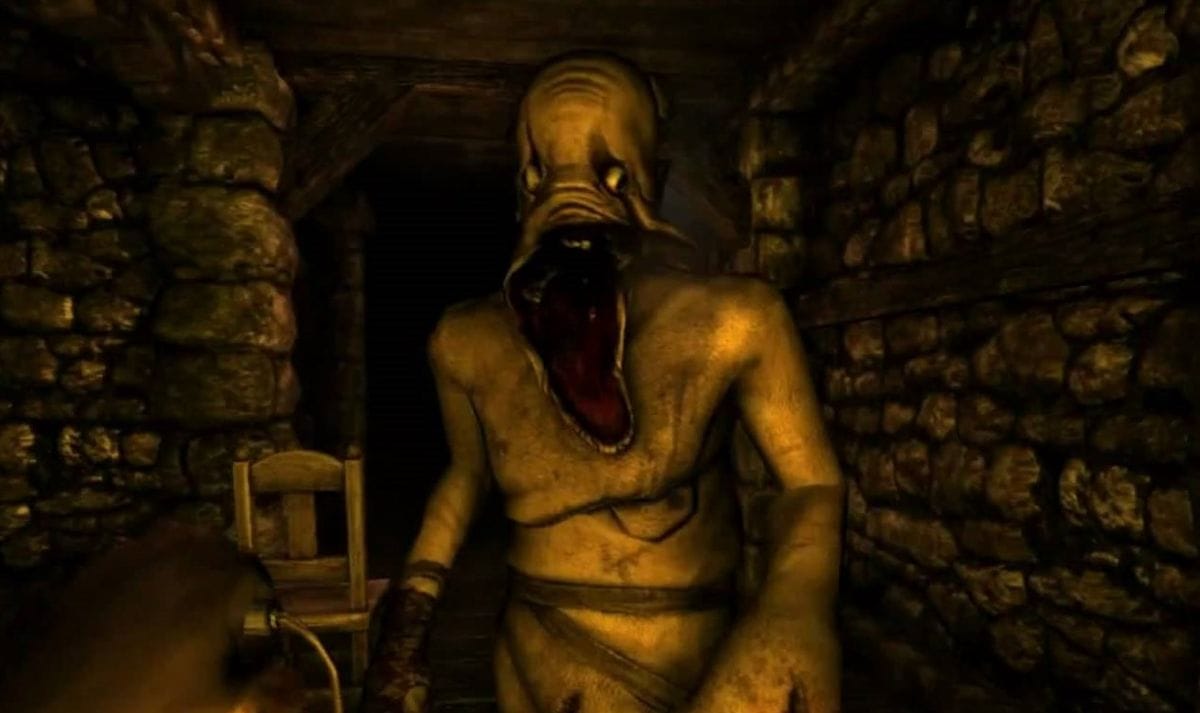
But does the removal of combat automatically make a horror game scarier? Not necessarily.
While Outlast is terrifying for the first hour or two, once you understand the mechanics—run, hide, repeat—the fear begins to wane.
The player knows they can evade almost every threat, and once that realisation sets in, the horror becomes predictable.
Without the dynamic risk of fighting or failing, the game loses some of its teeth. In contrast, a game like Resident Evil 2 Remake combines combat and vulnerability perfectly.
The presence of Mr. X, an unstoppable force, ensures that combat alone won’t save you.
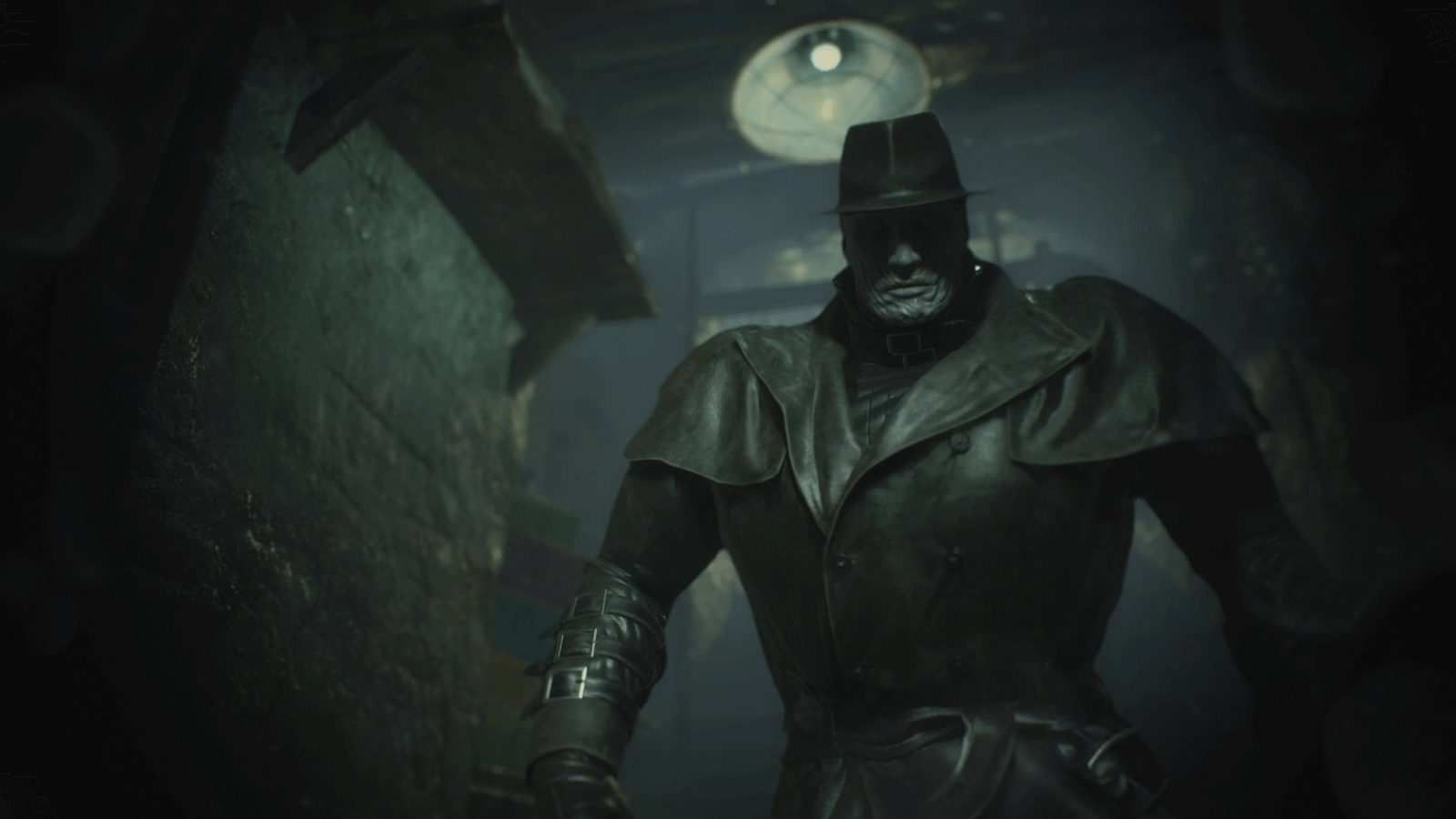
He relentlessly pursues you, and no matter how much ammo you have, fighting him is pointless.
This blend of combat mechanics and the threat of an unkillable enemy keeps players constantly in a state of tension—you're powerful enough to fend off lesser enemies, but still utterly helpless in the face of a greater threat.
The Psychology of Limited Power
There’s something psychological about combat in horror games.
It’s not about whether you can fight; it’s about whether you should. In Resident Evil 1, you had to think twice before pulling the trigger.
Killing a zombie isn’t a straightforward decision. If you don’t burn its corpse, it may come back later as a deadlier Crimson Head.
Ammo is scarce, but so is the fuel needed to dispose of bodies, forcing you into a constant state of tactical decision-making.
This creates a dynamic where combat isn’t just about survival; it’s about strategy. The fear doesn’t come from the act of fighting but from the weight of each decision you make. Contrast this with Dead Space, where combat feels more empowering.
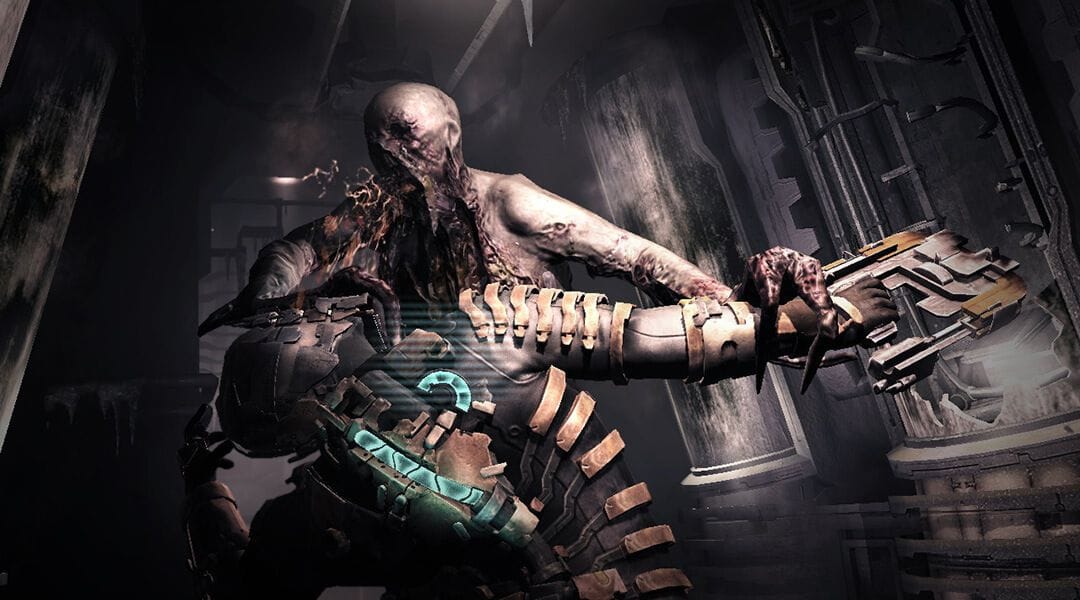
Yes, the necromorphs are terrifying in design, but once you become accustomed to using a plasma cutter to dismember them with precision, the fear subsides.
The satisfaction of combat—seeing your enemies fall apart piece by piece—overpowers the initial terror.
It’s still a thrilling game, but it strays closer to action-horror than survival-horror. The combat is so effective that it dilutes the sense of dread.
Finding the Sweet Spot
So, does combat reduce the horror in a game?
It can—but it doesn’t have to.
The key lies in how the game handles the balance of power. If combat is scarce, risky, and challenging, it amplifies the fear.
You know that each fight is a gamble and that victory isn’t guaranteed. This is where games like The Last of Us succeed as well. The combat is intense, but you’re often low on supplies, and enemies can overwhelm you if you're careless.
Every bullet, every bandage matters, and that makes every encounter a potential disaster. On the other hand, if combat is easy and abundant, it provides a sense of control, which is the enemy of fear.
Games that want to retain their horror edge must ensure that combat remains a last resort, something to be feared as much as the monsters themselves.
Too many resources, too much ammo, and the player starts to feel like a superhero rather than a survivor.
Conclusion
Combat, when designed thoughtfully, can elevate the horror experience by adding layers of tension and unpredictability.
It can make the player feel powerful yet fragile, capable yet constantly on edge.
However, when it becomes too dominant or too accessible, it risks turning the horror into a power fantasy, where fear takes a backseat to action. The best horror games find that sweet spot, where the ability to fight back feels like a fleeting advantage rather than a guarantee. They make you question whether engaging in combat is worth the risk.
They force you to weigh every shot, every strike, and every escape. And in doing so, they remind you that even with a gun in your hand, you’re never truly safe. Because at the end of the day, horror is not about the ability to survive—it’s about the fear of what might happen if you don’t.




